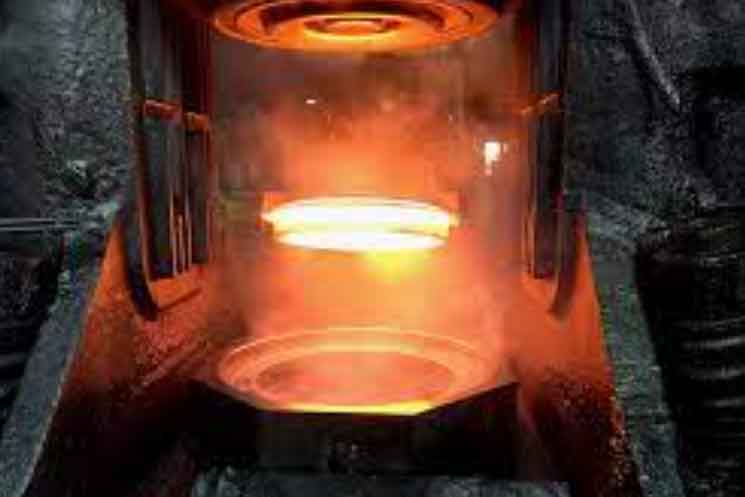Gear forgings are widely recognized as a robust solution for ensuring reliable gear performance in various industrial applications. Here are some key reasons why gear forgings are favored in the industry:

- Superior Strength: Gear forgings exhibit exceptional strength due to the manufacturing process involved. During forging, the metal is subjected to high compressive forces, which refine the grain structure and eliminate defects. This results in a gear with improved mechanical properties, such as higher tensile strength and resistance to wear and fatigue. The superior strength of gear forgings allows them to withstand heavy loads, shock, and other demanding operating conditions.
- Enhanced Durability: The durability of gears is critical in industrial applications where reliability and longevity are essential. Gear forgings are known for their excellent durability due to the inherent properties achieved through forging. The controlled grain structure and absence of porosity or voids make gear forgings highly resistant to cracks, fractures, and premature failures. They can withstand repeated stress and load cycles, ensuring prolonged and reliable gear performance.
- Optimal Fatigue Resistance: Gears often experience cyclic loading, which can lead to fatigue failure over time. Gear forgings possess superior fatigue resistance compared to gears produced through alternative methods like casting or machining. The forging process aligns the grain structure and eliminates weak spots, creating a more uniform distribution of stresses. This results in gears that can withstand higher fatigue loads, minimizing the risk of fatigue-related failures and extending the gear’s operational life.
- Customizable Design: Gear forgings offer design flexibility, allowing manufacturers to customize gears according to specific application requirements. The forging process enables the creation of complex gear shapes, precise tooth profiles, and tailored features, all of which contribute to optimized gear performance. Manufacturers can produce near-net or net-shaped gear forgings, reducing the need for extensive machining and saving time and cost in the production process.
- Wide Material Selection: Gear forgings can be produced from a variety of materials, including alloy steels, stainless steels, and other specialized alloys. This wide selection of materials allows manufacturers to choose the most appropriate one based on factors such as strength, corrosion resistance, heat resistance, and wear resistance requirements. By selecting the optimal material, gear forgings can be tailored to withstand specific operating conditions and environments, ensuring reliable performance over an extended lifespan.
- Consistency and Quality: Gear forgings offer consistent and high-quality results. The forging process provides precise control over the dimensional accuracy, surface finish, and mechanical properties of the gears. This ensures uniformity and reliability across production batches, eliminating variations that could affect gear performance. The consistent quality of gear forgings contributes to smoother operations, reduced downtime, and increased productivity in industrial systems.
- Cost-Effectiveness: While gear forgings may involve higher upfront costs compared to other manufacturing methods, their long-term cost-effectiveness is often superior. The durability and extended lifespan of gear forgings result in reduced maintenance, repair, and replacement costs over time. Additionally, their robust performance can lead to improved operational efficiency and reduced energy consumption, offering cost savings throughout the gear’s lifecycle.
Gear forgings provide a robust solution for reliable gear performance in industrial applications. Their superior strength, enhanced durability, optimal fatigue resistance, customizable design, wide material selection, consistency, and cost-effectiveness make them a preferred choice for industries where dependable and long-lasting gear performance is critical.
